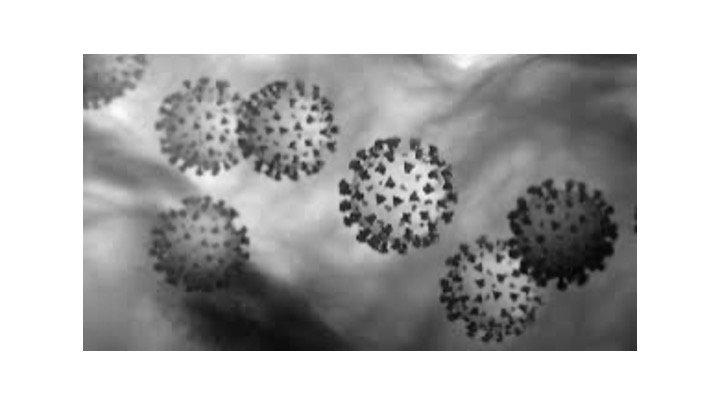High Reliability and COVID 19 - Using Huddles and Rounds
I know most of you are on the front lines of this pandemic. Your day is filled with critical decisions and endless questions: What is our ED doing? Do we have available ICU beds? Is our staff using PPE effectively? What are the recommendations from the government, today? Will there be anything left in the grocery when I get there?
"How could you NOT focus on using your safety tools?"
A few years ago I was on a panel discussing patient safety with an Army physician. He'd commanded a forward hospital during Desert Storm and described caring for soldiers while being attacked by enemy missiles. During those times his team became more diligent in using our safety tools.Someone asked, “How could you focus on using your safety tools while being attacked?” I still clearly remember his answer, “The better question is how could you not focus on using your safety tools?” See our recent blog: COVID 19, Leadership and Teams
This is when we need to double down on...our high reliability principles
Not many of us have worked in an active combat area, but all of us are in the current high risk situation, and it feels like we under attack from an invisible enemy. Despite the daily barrage, our goal is still the same - deliver safe, quality care to every patient we encounter while keeping our staff, physicians, and families safe.This is when we need to double down on our anchor of high reliability principles and be diligent about using the low risk behaviors we've learned.A high reliability organization has already done the work of being preoccupied with failure, identifying vulnerabilities in their processes, and devising resilient strategies to manage those vulnerabilities. Although you always commit to an ongoing preoccupation with failure and a commitment to resiliency, we need to develop a keen focus on sensitivity to operations.Read about the unique J3P and Vizient Southern States Partnership to Bring You New, Innovative HRO Tools.
Using Huddles and Rounds
Ask yourself, “How do I, as a leader, maintain an ongoing ability to take the pulse of my organization?” Here are two ideas for using high reliability low risk ingredients:Huddles – You are already using huddles for updating situational awareness. Can you adjust your huddle agenda or reporting scripts to bring attention to challenges specific to Covid-19? Do you create a separate agenda item for your Covid-19 leader to update on the current status of patients, visitors, staffing, supplies, etc. for the organization? Or within each report, do you ask the reporter to include their Covid-19 information within their “events, concerns, and needs” script?Communication is always key but more so during times such as this. Reinforce the bidirectional flow of information so people are sharing information back down the tiered level of huddles. Rounds – While huddles help with the big picture, rounds let you get up close and personal with your staff and physicians. Remembering the “ABC’s of Rounding” can help you stay focused and more effective.
A is for Alignment and Accolades:
B is for Barriers and Bright Spots; and
C is for Concerns and Commitment.
Here is what this might look like:
Start with aligning your strategies for dealing with the pandemic to your hospital strategies (keep patients, family, staff, and physician safe).
What barriers are being encountered to that goal?
What concerns does your team have with being able to continue to do their work?
Now start over, is there anyone who has done something that deserves an accolade and you want me to acknowledge?(notice I slipped in another A word)
Has your team discovered a bright spot, an innovative solution that should be shared with others?
Finally, what commitments can be made to each other to continue moving forward?
If you have discovered bright spots in your organization during this crisis, please share them. We can keep a conversation going and share our challenges and our strategies. Good luck and be safe.

